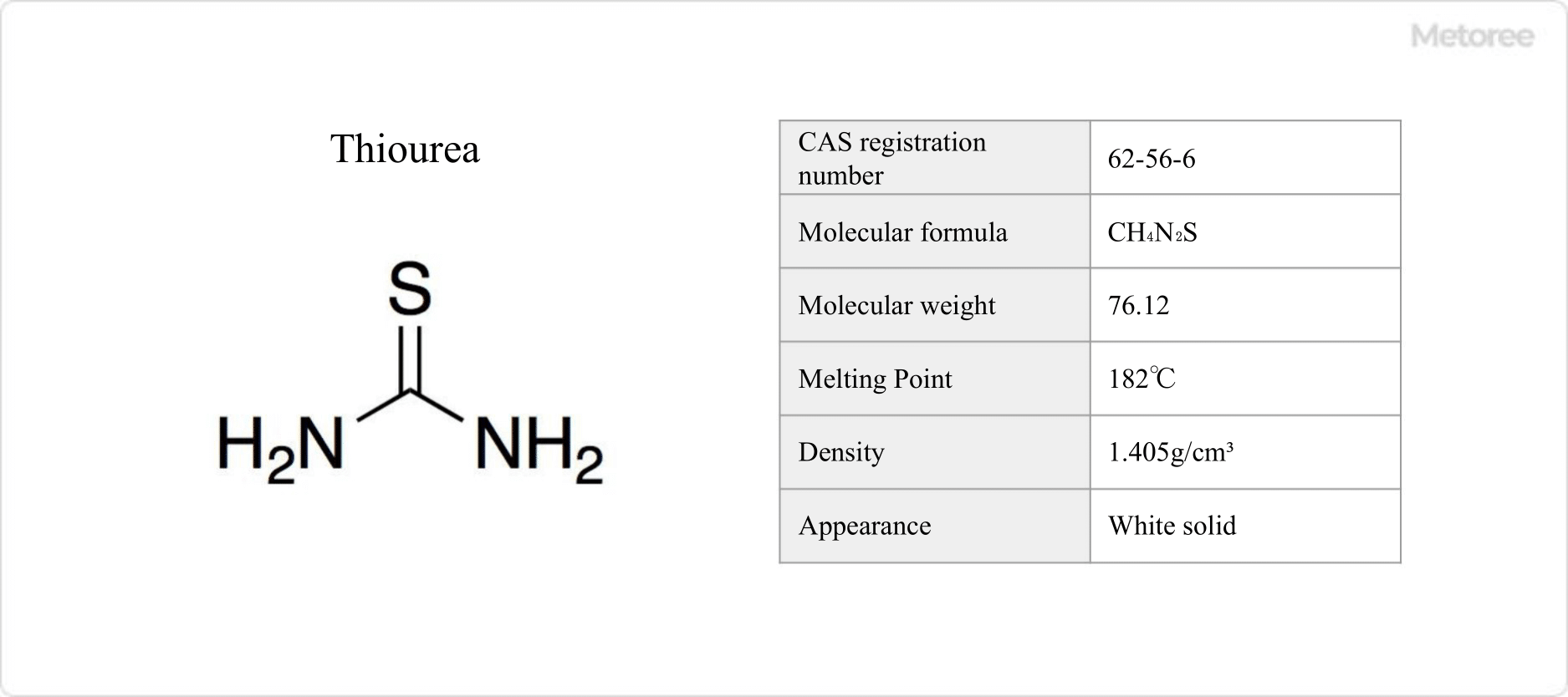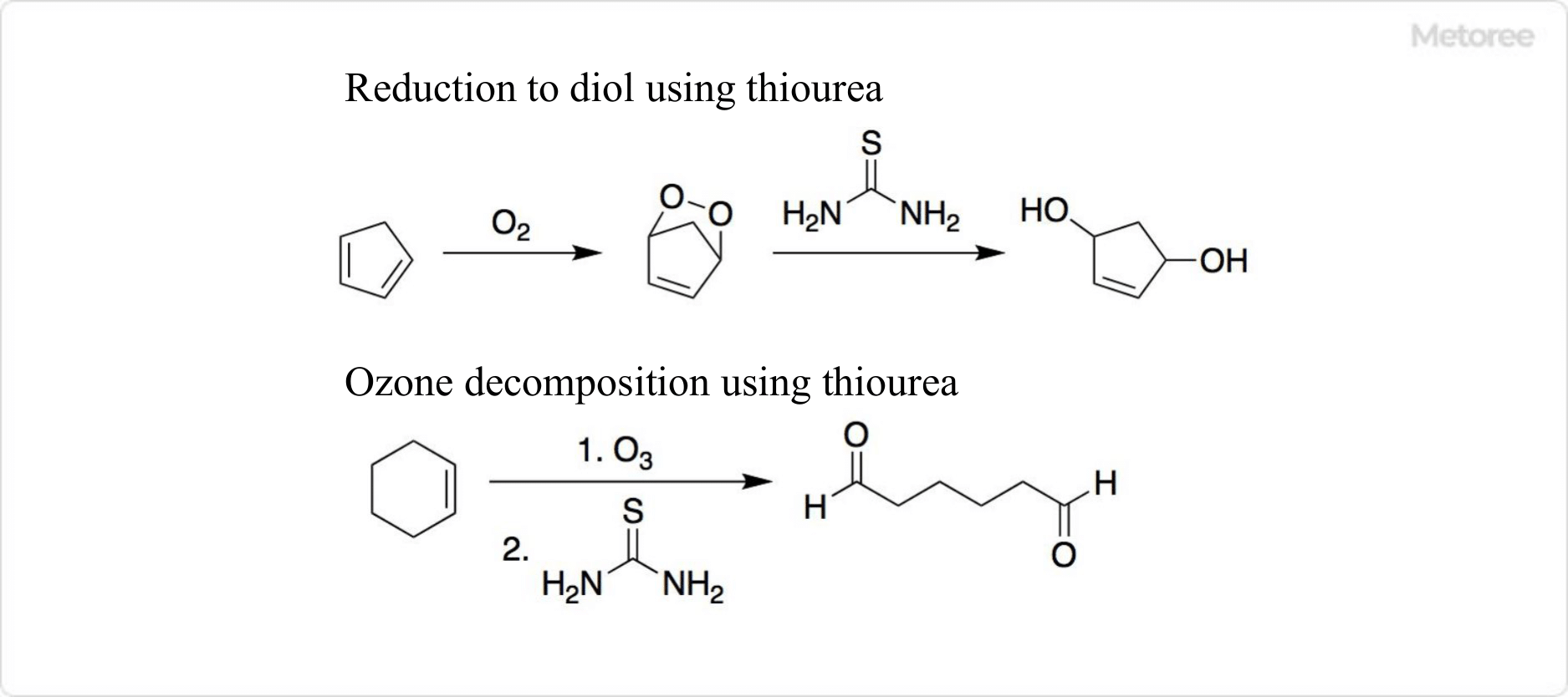What Is Tetrahydrofuran?
Tetrahydrofuran is a type of saturated five-membered heterocyclic compound with one oxygen atom in the ring.
It is also known as THF or oxolane. About 200,000 tons are produced annually, and the most widely used industrial production method is the acid-catalyzed dehydration of 1,4-butanediol.
Using the coordination properties of oxygen, it can be used as a ligand for Lewis acids and metal ions. Solutions such as BH3-THF, a stable complex with borane, are commercially available.
Due to its low flash point of -14.5°C, it is designated as a hazardous substance.
Uses of Tetrahydrofuran
- Solvent for synthetic resins such as polyvinyl chloride resin and organic synthetic reaction solvents
- Solvent for coating synthetic leather, etc.
- Solvent for vinyl and epoxy adhesives
- Solvent for printing inks
- Solvents for special resins such as photosensitive resins
As shown above, they are widely used as solvents. It can also be used as a solvent for reactions such as the Grignard reaction and the Wittig reaction and as a reaction and purification solvent in the manufacture of pharmaceuticals and agricultural chemicals.
Tetrahydrofuran is also used as a synthetic raw material for nylon, polyethers, and polytetramethylene ether glycol. It is also used as an extractant in the petrochemical industry and as a heat-shrinkable film and moisture-proofing agent for vinyl chloride resin.
Properties of Tetrahydrofuran
Tetrahydrofuran is a colorless liquid with a distinctive aroma similar to ether. It is well soluble in many organic solvents and water. Tetrahydrofuran has a density of 0.8892 g/mL at 20°C, a melting point of -108.4°C, and a boiling point of 66°C.
Tetrahydrofuran can also be converted to γ-butyrolactone by oxidation. Tetrahydrofuran is also a cyclic ether containing one oxygen in a saturated five-membered ring. Tetrahydrofuran’s chemical formula is C4H8O and its molecular weight is 72.11.
Other Information on Tetrahydrofuran
1. Tetrahydrofuran Synthesis
Tetrahydrofuran is produced by the hydrogenation of 1,4-butindiol, which is obtained by the condensation of formaldehyde and acetylene.
Tetrahydrofuran can also be obtained by contact reduction of furan or maleic anhydride.
Tetrahydrofuran can also be obtained by oxidation of n-butane to maleic anhydride, followed by hydrogenation.
2. Formation of Peroxide by Tetrahydrofuran
When tetrahydrofuran comes in contact with air for a long time, it generates explosive peroxides. Evaporation and solidification of tetrahydrofuran that has been stored for a long time is particularly dangerous. To prevent oxidation of tetrahydrofuran, small amounts of p-cresol or hydroquinone are added to commercial products.
3. Ring-Opening Polymerization of Tetrahydrofuran
Ring-opening polymerization of tetrahydrofuran yields the polyether polytetramethylene ether glycol. Poly tetramethylene ether glycol is also called PTMG, PTMEG, polyoxy tetramethylene glycol, or poly tetrahydrofuran. Polytetrahydrofuran is also known as polytetrahydrofuran.
The molecular weight of a typical polytetramethylene ether glycol product is between 1,000 and 2,000. It is used as a raw material for polyurethanes, such as the elastic fiber Spandex and thermoplastic elastomers.


